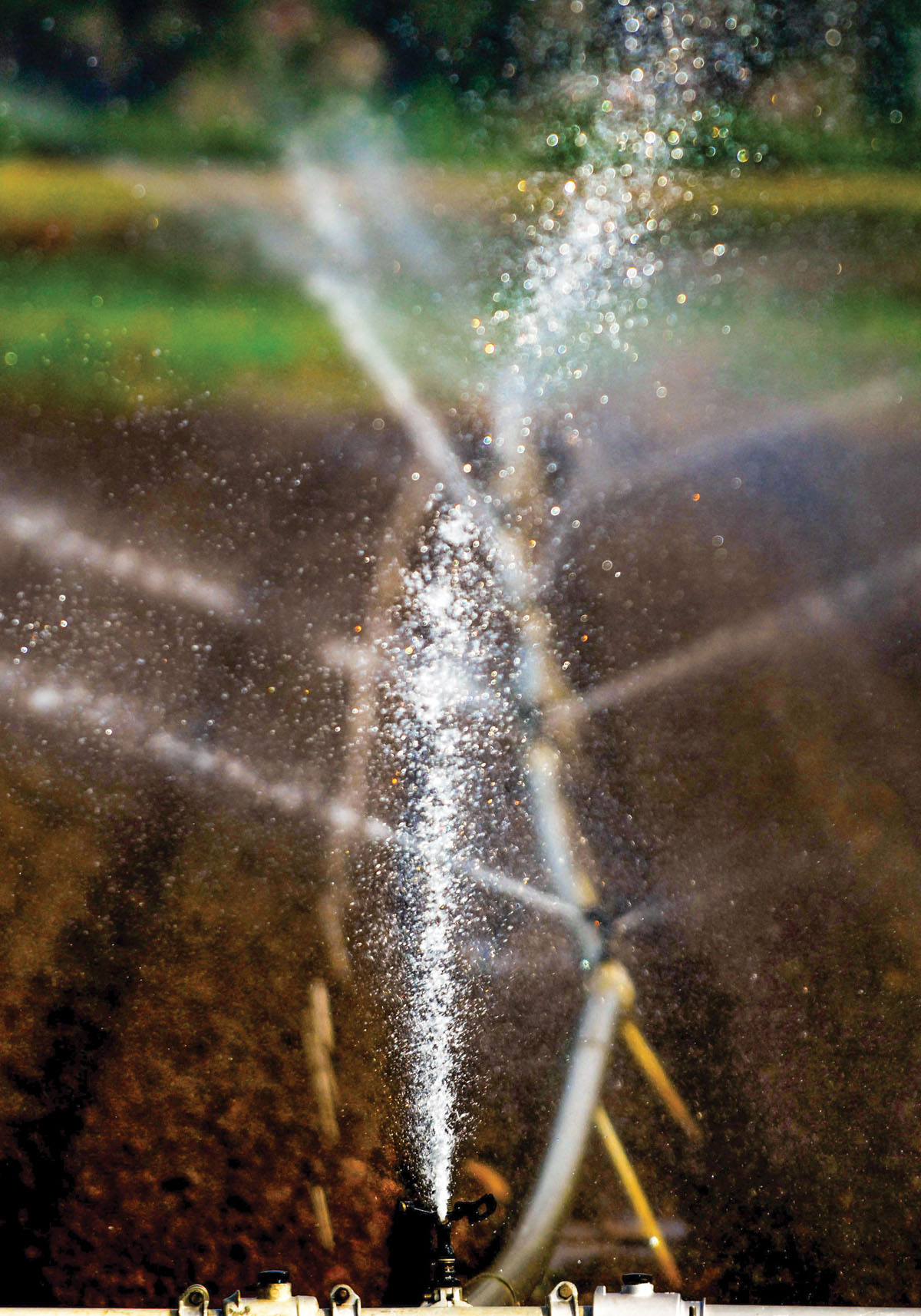
Inside this issue
WATER WISE
The first step in fixing a water budget in India is to have a system to monitor, regulate and curb wasteful uses of water. The proposed National Bureau of Water Use Efficiency as a body to enforce certification systems for water use efficiency can be seen as a welcome step in this direction.
Rainwater harvesting is a scientific and controlled collection of rain for future use – identified as the most effective way to recharge groundwater. Despite its potential rainwater harvesting systems are still not thoroughly implemented in Indian cities.
RAINFED
Monsoons in India is characterised by spatial and temporal variability. The moisture laden southwest winds, begin their annual sojourn from the coastal state of Kerala, gradually dispersing over the rest of the sub-continent.
The Indian agriculture sector is at a critical juncture, with productivity stagnating and technological inputs being negligible. Policy failures in most critical sectors of agriculture has caused severe distress to farmers.
ZERO WASTE
Greywater reuse, especially for households, presents a viable option for curtailing unnecessary waste of freshwater. In a backdrop of severe water shortage, adoption of alternative uses of water for daily activities is imperative.
India Outdoors
Tagore’s Shantiniketan mingles provinciality with a world view, so finely entwined that art becomes a language.
IN CONVERSATION WITH
In brief
Low access to potable water, dwindling levels of groundwater, insignificant harvesting of rainwater, paltry recycling of sewage water– not to mention the poor quality of treated water, India’s populace tethers on a fragile future. Why have we made so little headway in managing water—is it a la

